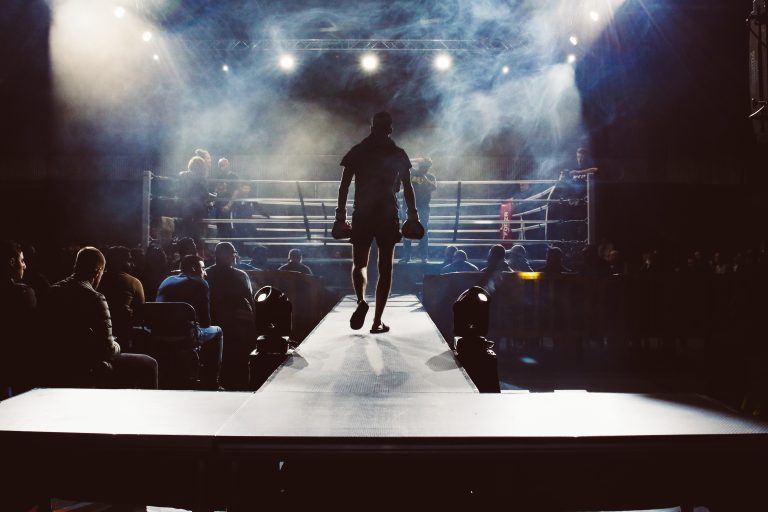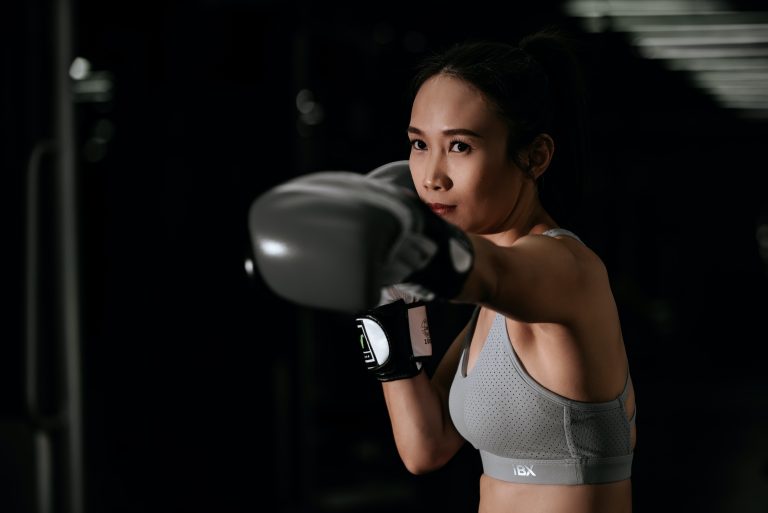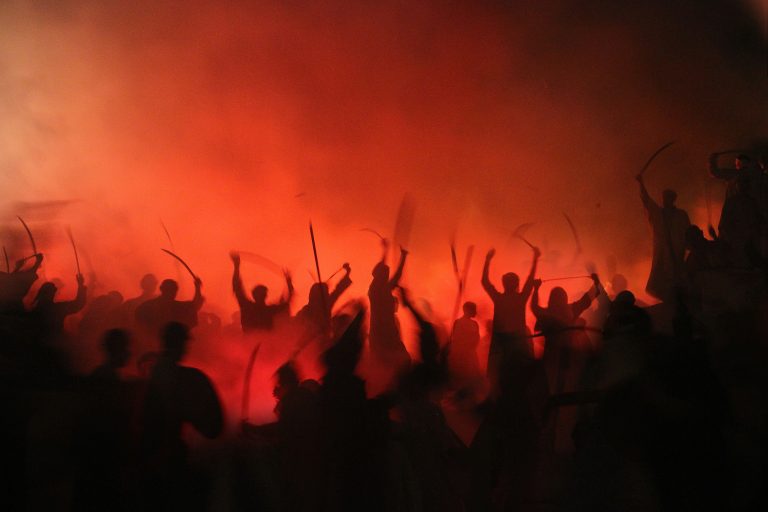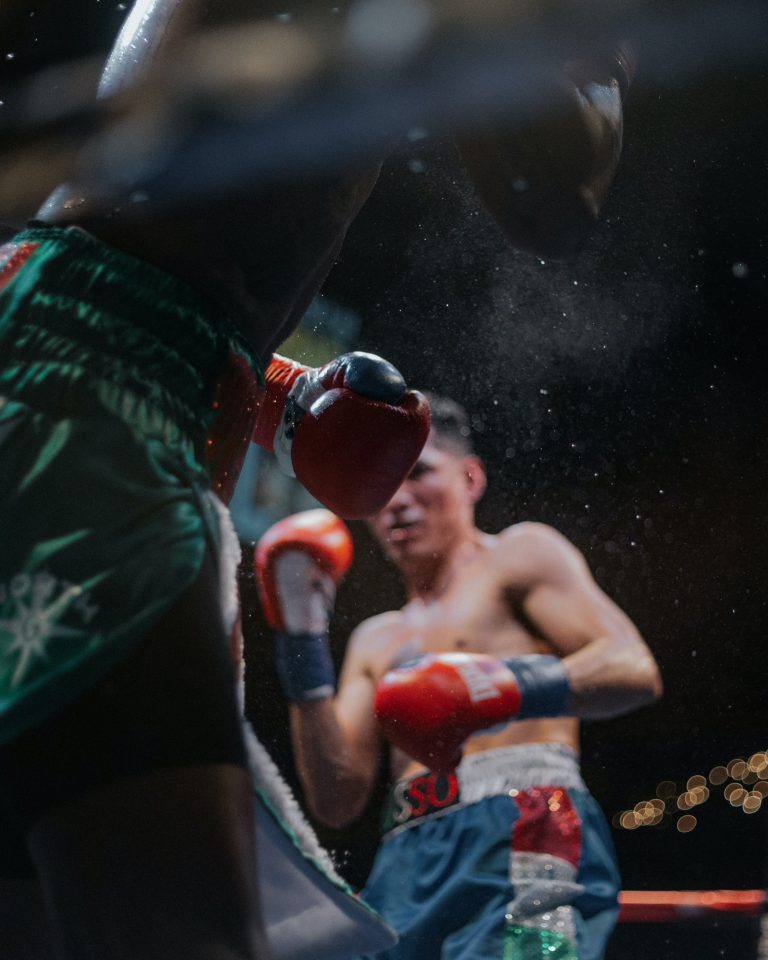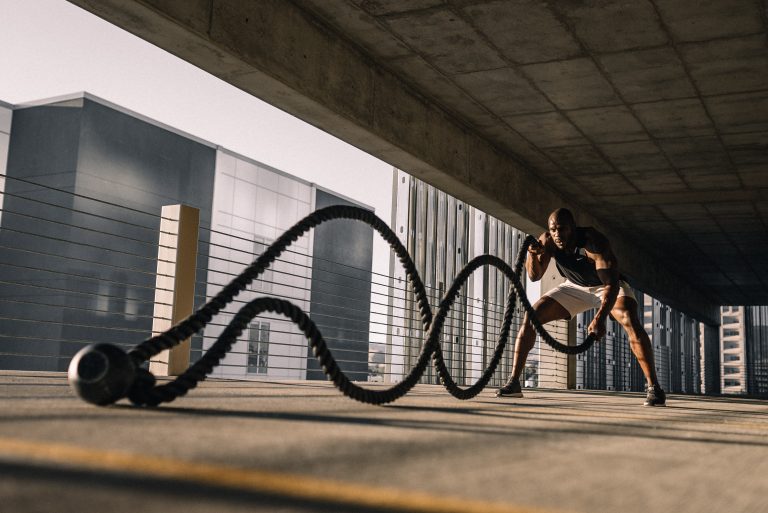Arten von Okinawa-Karate
Okinawan Karate ist eine alte Kampfkunst aus Okinawa, Japan. Es gibt verschiedene Arten von Okinawa-Karate, insgesamt sind es fünf Hauptstile:
1. Shorin-Ryu Karate
Shorin-Ryu Karate ist der bekannteste und am weitesten verbreitete Karate-Stil in Okinawa. Es wurde von Choshin Chibana entwickelt und zeichnet sich durch seine schnellen Kombinationen von Angriffs- und Verteidigungstechniken aus. Shorin-Ryu Karate konzentriert sich auf schnelle Bewegungen und schnelle Angriffe, es ist ein sehr dynamischer Stil.
2. Goju-Ryu Karate
Goju-Ryu Karate wurde von Chojun Miyagi entwickelt und ist bekannt für seine hart/kraftvollen und gleichzeitig fließenden Techniken. Es ist ein sehr vollständiger Stil mit verschiedenen Kampftechniken wie Schlägen, Tritten und Hebeln. Goju-Ryu Karate konzentriert sich auch darauf, den Körper und den Geist zu vereinen.
3. Uechi-Ryu Karate
Uechi-Ryu Karate ist ein sehr traditioneller Karate-Stil, der von Kanbun Uechi gegründet wurde. Es konzentriert sich auf eine Reihe von Techniken, die Kämpferinnen und Kämpfer in der Selbstverteidigung nutzen können. Uechi-Ryu Karate kombiniert sowohl harte als auch weiche Techniken wie auch Tritte und Schläge, um den Maßnahmenbereich zu erhöhen.
4. Isshin-Ryu Karate
Isshin-Ryu Karate wurde von Tatsuo Shimabuku gegründet und ist ein relativ junger Karate-Stil. Es wird oft als sehr vielseitiger Stil bezeichnet, da es Elemente aus verschiedenen Kampfsportarten wie Judo und Kung Fu integriert. Isshin-Ryu Karate konzentriert sich auf schnelle, kraftvolle und einfache Techniken, die in Selbstverteidigungssituationen hilfreich sein können.
5. Ryuei-Ryu Karate
Ryuei-Ryu Karate wurde von Seiyu Oyata entwickelt und kombiniert Elemente aus verschiedenen Kampfsportarten wie auch dem Jiu Jitsu. Es konzentriert sich auf Techniken, die den Gegner zu Boden bringen und eine schnelle Bewegung zwischen verschiedenen Angriffen und Verteidigungen ermöglichen. Ryuei-Ryu Karate ist auch berühmt für seinen Einsatz von Kobudo, dem Gebrauch von traditionellen Waffen wie Stock oder Messer.
Fazit
Es gibt zahlreiche unterschiedliche Karate-Stile. Allerdings gehören diese fünf Okinawa-Karate-Stile zu den bekanntesten und am weitesten verbreiteten. Unabhängig davon, welchen Stil du auswählst, wirst du feststellen, dass das Lernen von Okinawa-Karate nicht nur auf physischer Ebene, sondern auch auf mentaler und spiritueller Ebene stattfindet. Karate verbindet Körper und Geist und fördert somit die persönliche Entwicklung und Selbsterkenntnis.
The most Frequently Asked Questions about Arten von Okinawa-Karate
Okinawa-Karate is a traditional martial art that originated in Okinawa, Japan. It’s popular all over the world, and there are many different styles and variations of this martial art. If you’re new to the world of Okinawa-Karate, you might have a lot of questions. In this post, we’ll answer some of the most frequently asked questions about the different styles of Okinawa-Karate.
What are the different styles of Okinawa-Karate?
There are many different styles of Okinawa-Karate, but some of the most popular include:
Shorin-Ryu Karate
Shorin-Ryu Karate is one of the oldest and most traditional styles of Okinawa-Karate. It’s characterized by its emphasis on speed and agility, as well as its use of low stances.
Goju-Ryu Karate
Goju-Ryu Karate is another popular style of Okinawa-Karate. It’s characterized by its focus on both hard and soft techniques, as well as its use of circular movements and breathing exercises.
Uechi-Ryu Karate
Uechi-Ryu Karate is a lesser-known style of Okinawa-Karate that’s mostly practiced in Japan. It’s known for its use of three different animal stances: the dragon, the tiger, and the crane.
Shotokan Karate
Shotokan Karate is one of the most popular styles of Karate worldwide. It’s known for its emphasis on kata, which are choreographed patterns of movements, and its use of long, deep stances.
Kyokushin Karate
Kyokushin Karate is a full-contact style of Karate that’s known for its emphasis on physical conditioning and endurance. It’s characterized by its use of low kicks, heavy punches, and strikes to vital points on the body.
What are the differences between these styles?
The different styles of Okinawa-Karate all have their own unique characteristics and techniques. For example, Shorin-Ryu Karate focuses on speed and agility, while Kyokushin Karate focuses on endurance and power. Additionally, each style may place more or less emphasis on certain techniques, such as kicks, punches, or grappling moves.
Which style of Okinawa-Karate is best for beginners?
The best style of Okinawa-Karate for beginners depends on their individual goals and preferences. Some beginners may prefer a style like Shorin-Ryu Karate, which focuses on speed and agility, while others may prefer a style like Shotokan Karate, which emphasizes kata and proper form. It’s important to try out different styles and find one that feels comfortable and suits your goals.
Is Okinawa-Karate suitable for self-defense?
Yes, Okinawa-Karate is suitable for self-defense. Many styles of Okinawa-Karate focus on practical self-defense techniques, such as strikes to vital points on the body, joint locks, and throws. In addition to physical techniques, Okinawa-Karate also includes mental training that can help prepare practitioners for difficult or dangerous situations.
Do I need to be physically fit to practice Okinawa-Karate?
While it’s true that some styles of Okinawa-Karate, like Kyokushin Karate, place a strong emphasis on physical conditioning, there are many styles that are suitable for people of all fitness levels. Many Okinawa-Karate classes include warm-up exercises that can help students gradually build strength, flexibility, and endurance.
Can children practice Okinawa-Karate?
Yes, children can practice Okinawa-Karate. Many styles of Okinawa-Karate have programs specifically designed for children, which focus on building discipline, self-confidence, and self-defense skills. Okinawa-Karate can be an excellent way for children to develop physical and mental skills while having fun and making friends.
What should I expect from my first Okinawa-Karate class?
Your first Okinawa-Karate class may vary depending on the style and the instructor. However, in general, you can expect to learn basic techniques and stances, such as punches and low stances. You may also learn some kata, which are choreographed patterns of movements. In addition to physical training, you may also learn about the philosophy and history of Okinawa-Karate.
What equipment do I need for Okinawa-Karate?
The equipment you need for Okinawa-Karate depends on the style and the instructor. In general, however, you may need:
– Karate uniform (known as a gi)
– Belt (color and rank may vary depending on the style)
– Gloves and hand wraps (for sparring)
– Mouthguard
– Protective gear (for sparring)
Conclusion
Okinawa-Karate is a fascinating and varied martial art that offers many benefits, including physical fitness, self-defense skills, and mental discipline. If you’re interested in trying out Okinawa-Karate, we hope this post has answered some of your most frequently asked questions. Remember, the best way to learn about Okinawa-Karate is to try it out for yourself and find a style and instructor that suits your goals and preferences.
Inhaltsverzeichnis

